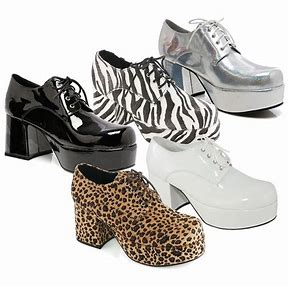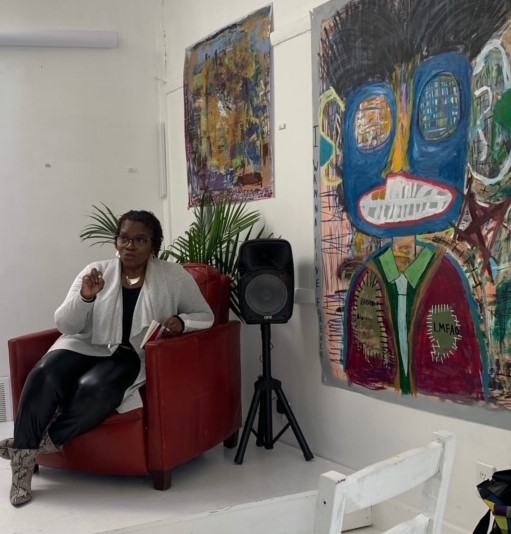
One Thing I Know for Sure….
August 21, 2017I Am Generation Equality – International Women’s Day
March 7, 2020What is meant by values? In what situations or circumstances do values apply? We hear terms such as value proposition when an individual or group wants to establish why they or the service they provide add to an organization’s successful bottom-line. Businesses use the term “value-added” to describe the core services that differentiate them in the market place. I know we’ve all heard about “Big Mama” values. Those are the values that are passed along from generation to generation within each culture and family. For example, the big-ticket values of “respecting our elders,” or “washing our hands before we eat.” In my family, referring to anyone (siblings included) as a “liar” was disrespectful. The family that prays together stays together…right? When asked why we do a certain thing the way that we do, we respond, “because that’s the way we were raised.” Values are those inherent principles or standards that drive our behavior. Psychologists believe our values are developed as early as age three. From time to time in our lives, someone or something has been able to seduce and distract us away from our values. I can certainly recall a number of distractions along the way.
Best-selling author Patrick Lencioni (The Five Dysfunctions of a Team and The Advantage) recently posted a quote on LinkedIn which resonated with me: “when an organization is unhealthy, no amount of heroism or technical expertise will make up for the politics and confusion that take root.” For me, someone who believes in the power of dialogue and perspective sharing as a mediator of positive change, this quote was a potent dose of stark reality. Because it is true.
When defining ‘unhealthy’ and ‘healthy’ organizational cultures it is useful to start with a metaphor used by Aristotle. He posed the question, what constitutes a ‘good knife’? Aristotle defined goodness in terms of purpose; he argued that the very function of a knife is to cut and, therefore, a good knife is a sharp knife. In a 2010 study conducted by Casali & Day, they found that the unique function of a good organizational culture is to promote shared values, artefacts, and behaviors that have been deemed acceptable. Specifically, a healthy organizational culture actively promotes congruence between the values of the organization and the individuals working in it. Conversely, behavioral norms operating in an unhealthy organization promote aggressive-defensive cultures characterized by oppositional, power, competitive and perfectionistic norms (Cooke).
Values, Organizational Culture and the Link to Inclusion
What is the basis for behaviors within your organization? Out of what function are individuals operating? Are behaviors aligned with values? How would you define your culture? Outcomes from the Casili & Day study are probably not strikingly unique. The challenge and oftentimes the struggle by organizations, becomes how to focus and align company values with leader behavior. For example, if an organization espouses through its mission statement, a value for diversity but the culture demonstrates little or no appetite for dissenting or divergent perspectives; values become artefactual and incongruent with leader behavior potentially creating a closed, competitive, and highly siloed culture. This doesn’t sound much like the type of diversity most of us envision…. right? A few years ago, I studied the peak experiences (moments of high satisfaction derived from a project or work experience) of 150 middle managers to determine common dimensions characterizing a culture of inclusion and collaboration. The study identified six critical success factors of a humanistic culture. The top three are: Teamwork, Continuous Improvement, and Personal Satisfaction.Well aligned organizations and likewise healthy and inclusive organizations encourage behaviors that support these success factors. Interested in learning more about the top six success factors leaders say are critical to a healthy organization? And, how you can begin to build an aligned and healthy organization? Let’s begin a transformative dialogue.
Learn more about DCW’s Collaborative Change Model© and the success factors® to a healthy and inclusive organization.
Deloras D. Jones, PhD
Dialogue and CreativeWorks, LLC
www.dialogueandcreativeworks.com




